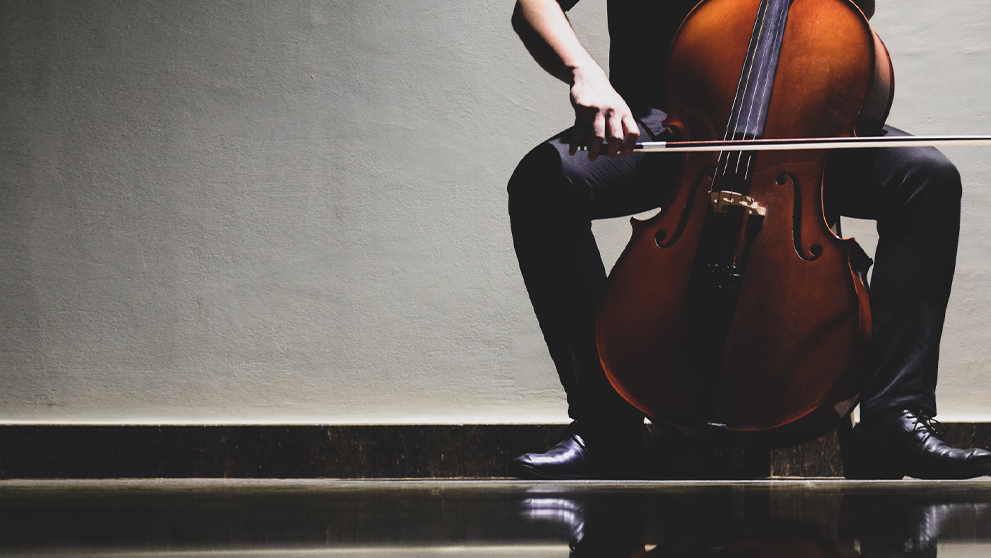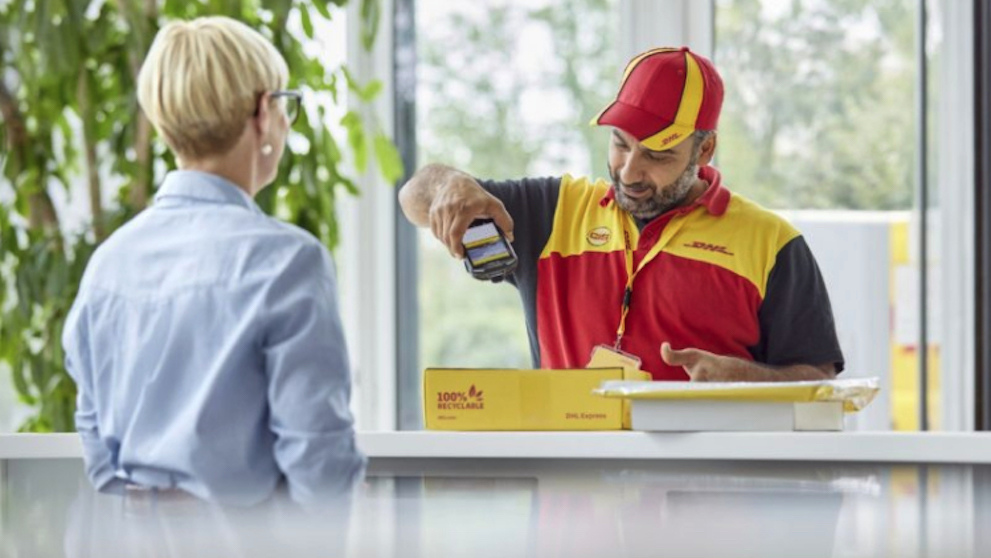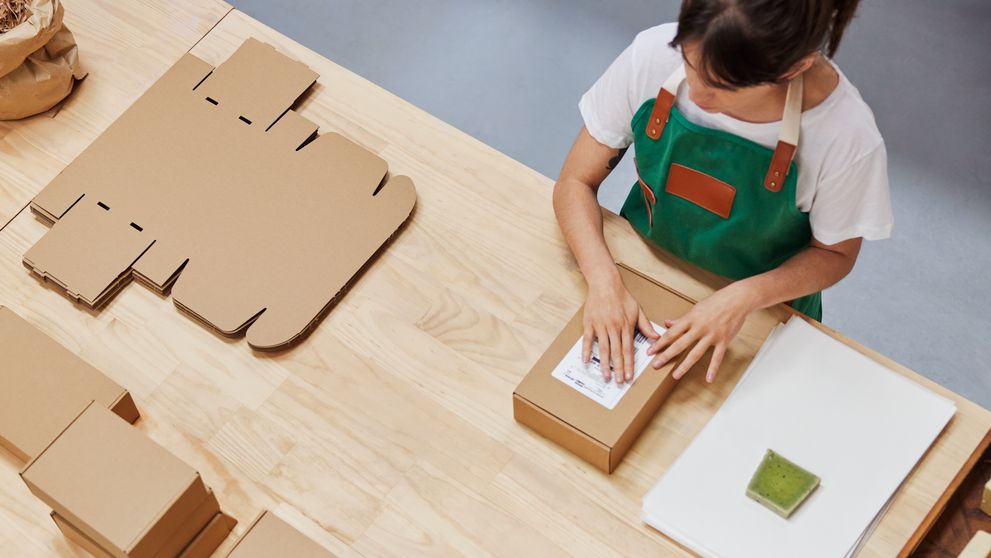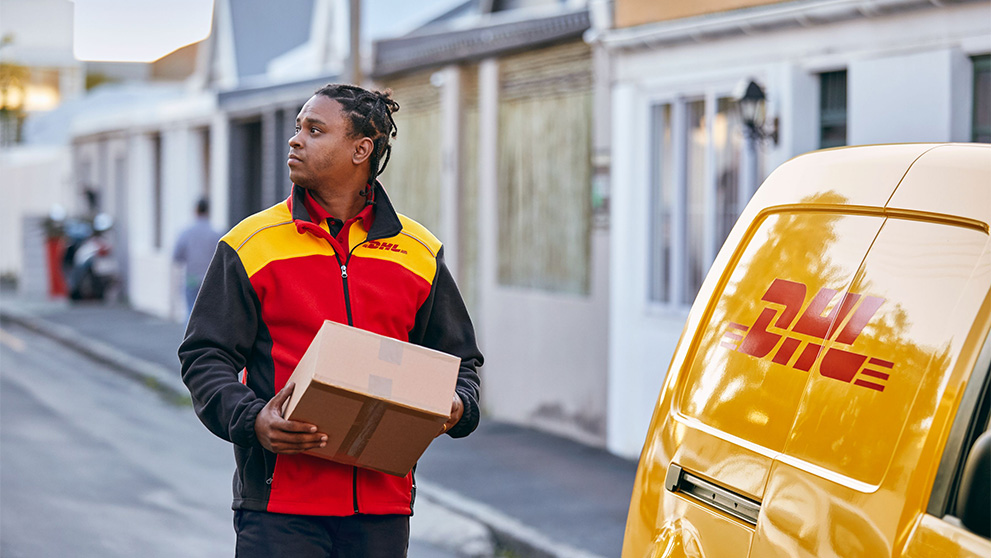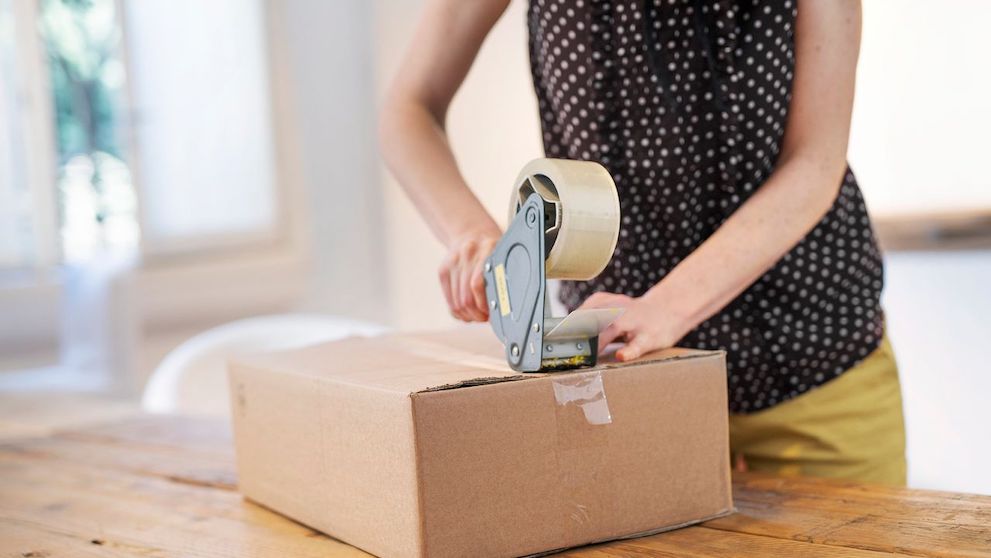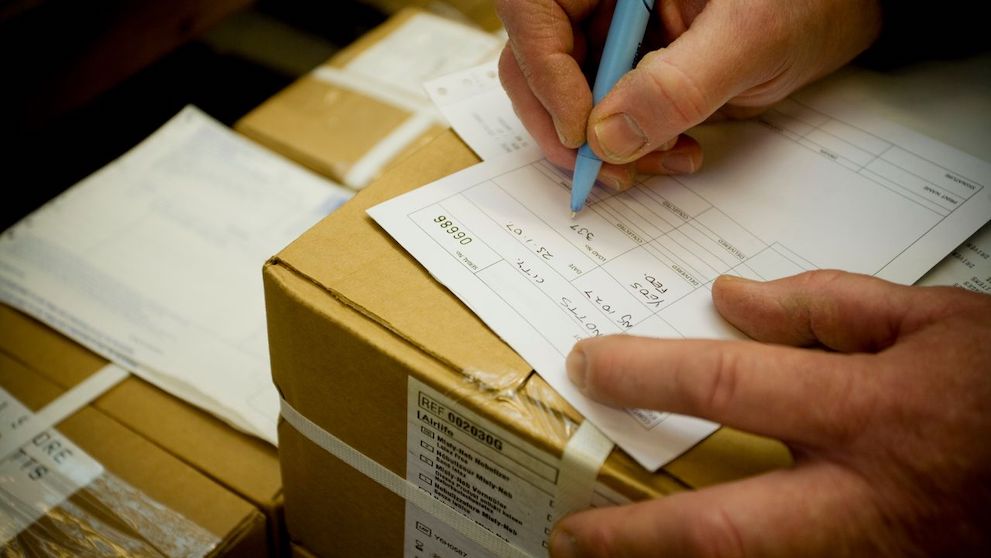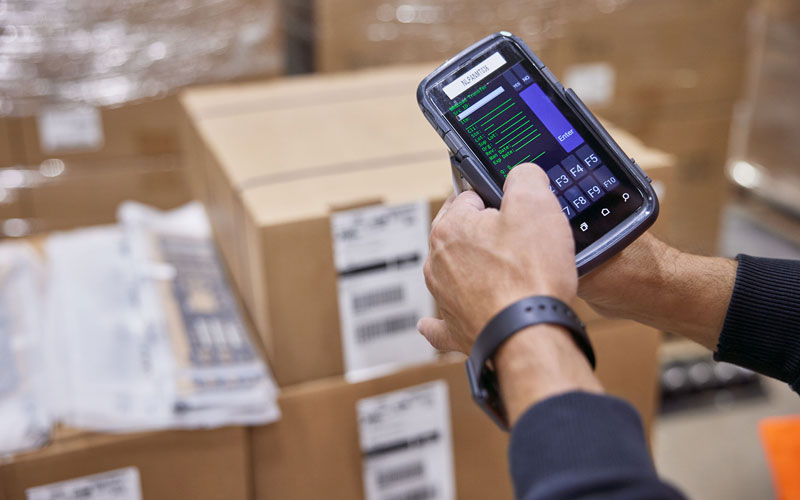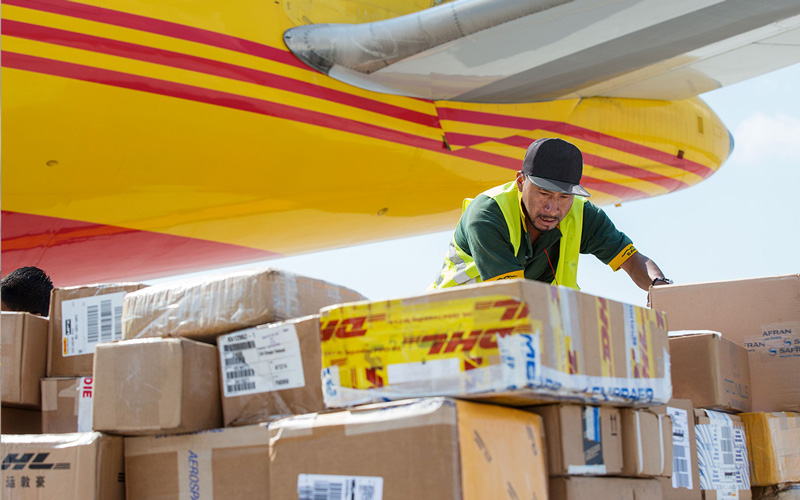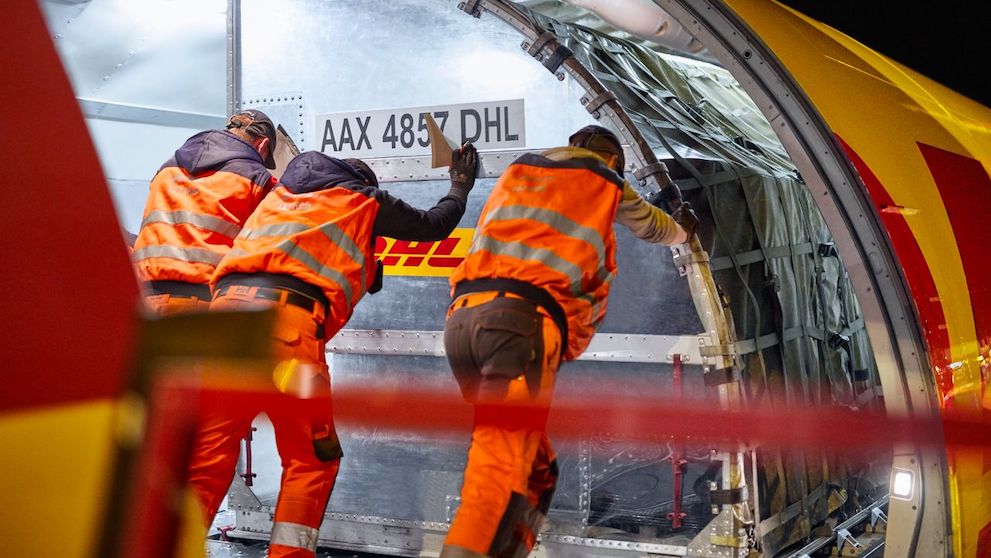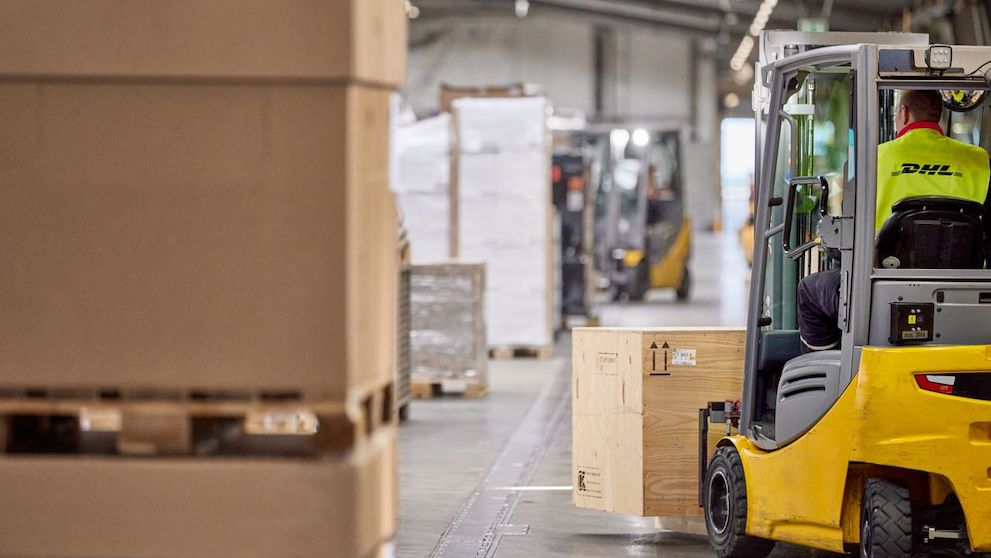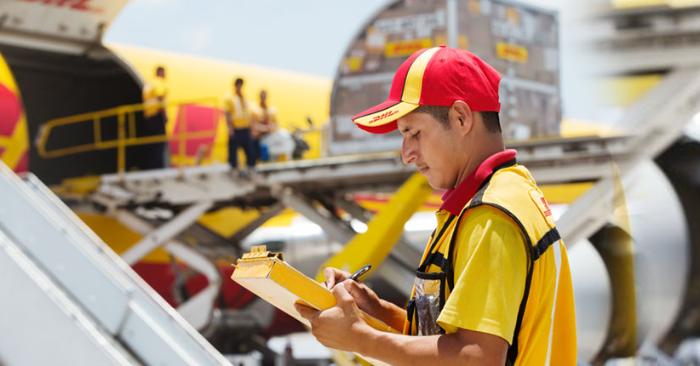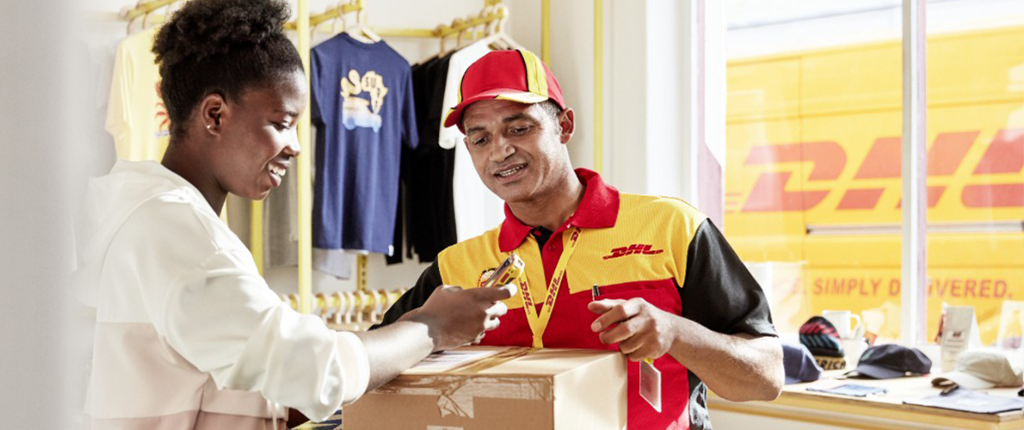Most musicians are emotionally attached to their instruments. So when you ship a misucal instrument, whether you're selling it, having it repaired, or transporting it for work, you need to be confident it will arrive safely, and in the same condition as it started its journet. Especially as there have been many high-profile instances recently, when this hasn't happened - leaving the owner beereft. This guide will help you ensure your instrument arives safely.
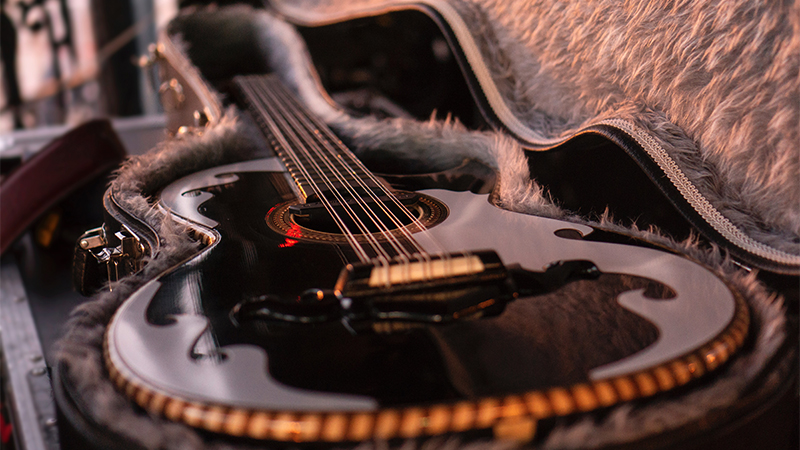
“My guitar is not a thing. It is an extension of myself. It is who I am.”
Joan Jett
Tap into our experience
At DHL Express, we have vast experience and expertise in shipping musical instruments. For example, since 2016, we have been transporting the entire contents of The Rolling Stones ‘Unzipped’ exhibition around the world – including some of the most revered instruments in rock history. Among them are several of Keith Richards’ and Ronnie Woods’ guitars and a rare dulcima (a kind of double lute) played by Brian Jones, the Stones’ founding member and polyinstrumentalist, who died in 1969.
A lot larger in shipping terms, and only a little less rock ‘n’ roll, is our longstanding customer, Thomann – Europe’s biggest online retailer of musical equipment. Hans Thomann Snr started the business as a sideline to his trumpet-playing in the 1960s, initially selling instruments from his backpack. Thomann has one shop in rural Germany – but thanks to e-commerce, the company now has more than 9 million customers and ships many millions of instruments with DHL.
Preparing your musical instruments for shipping
Before you entrust your instruments to DHL, you’ll need to pack them up securely. First, make sure the instrument cases are in good condition. A strong case gives an extra layer of protection inside the packing crate.

“Use military grade SKB cases, or if transporting several instruments, then Enki cases. Scott Dixon or Quantum industries are the go-to brands for safety.”
Rasmus Born Andersen, Diamond Head
Use plenty of material to securely cushion the instruments. This could be bubble-wrap, newspaper or cloth. Pack the instrument, usually in its case, in an appropriate sized box or crate – one that isn’t too big, in order to minimize movement in transit.
We recommend using one of our plastic packing crates because they provide great protection for articles that are sensitive to temperature – which is particularly true of stringed instruments.
There are different packing procedures for different types of instruments.
Six tips for shipping musical instruments:
- Use strong instrument cases in good condition
- Loosen the strings of guitars, violins, cellos etc
- Use plenty of bubble-wrap to minimize movement, ensuring the instrument is completely covered to protect against damage
- Choose the right-sized plastic packing crate or box
- Label every package clearly to avoid loss or mishandling
- Always insure your instruments
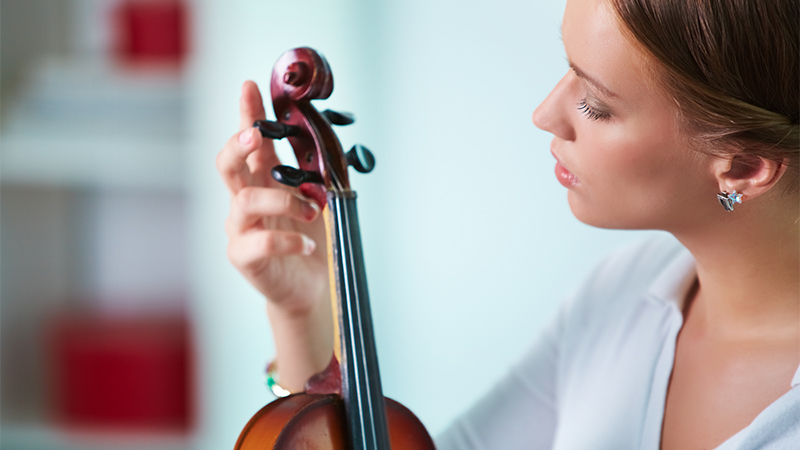
“Use a heavy duty flight case and loosen the strings if shipping stringed instruments.”
Dean Stead, roadie
How to ship guitars and stringed instruments
One of the most important things when shipping guitars, violins, double-bass, cellos, mandolins or any other stringed instrument, is to loosen those strings before packing. This is because the temperature may fluctuate during the journey, so the strings could tighten up and snap, or even warp the neck of the instrument. Also, make sure you wrap that vulnerable neck area in extra cloth or bubble-wrap to protect it.
Pack all small, loose parts separately, such as tremolo arms, capos and so on, so they don’t scratch the instrument itself. And don’t forget to put some padding in the area in between the fretboard and the strings for protection. Finally, wrap the whole instrument in bubble-wrap before putting it into its instrument case.
While you can now buy guitar-shaped packing cases, the alternative is to use a packing crate or guitar shipping box with around a 6cm gap between the instrument case and the crate, which you can fill with bubble wrap. This will stop the instrument case itself moving around in transit.
You can find our detailed advice specifically on sending guitars here.
Shipping Drums
Most drums don’t have cases, so it’s best to cover them in several layers of bubble-wrap before putting them into the packing box or crate. You’ll need the right-sized box for each one, so there isn’t too much room for movement.
If you’re sending more than one drum, you can remove the heads and hoops of the big drums and nest the small ones inside, along with crumpled newspaper or cloth as padding. Then replace the heads and tape them securely. Use a separate bag for small parts.
If you’re sending a whole drum kit, you’ll need to break it down, removing the legs and taking the rack tom stand apart. Wrap the rack tom parts and place them inside the kick drum, filling in the gaps with crumpled newspaper so they don’t move around.
Brass instruments
As trumpets, trombones, horns, tubas and the other brass instruments are made up of lots of different parts, it’s best to dismantle them and wrap each part separately. Cover and tape each part with plenty of bubble-wrap as protection, then put them directly into the packing crate, including their cases wrapped separately.
Wind instruments
Wind instruments such as flutes, clarinets, saxophones and oboes can be packed in their cases. Cover both the instrument inside the case and the case itself in bubble-wrap for protection and shock-absorption, taping it securely. If you’re shipping your instrument without a case, then wrap it in at least three layers of bubble wrap before it goes into the packing crate.
Clear labelling helps prevent loss or mis-handling
It almost goes without saying that you should label your package clearly, to avoid your instrument getting lost in transit. Some professional musicians take more extensive measures.
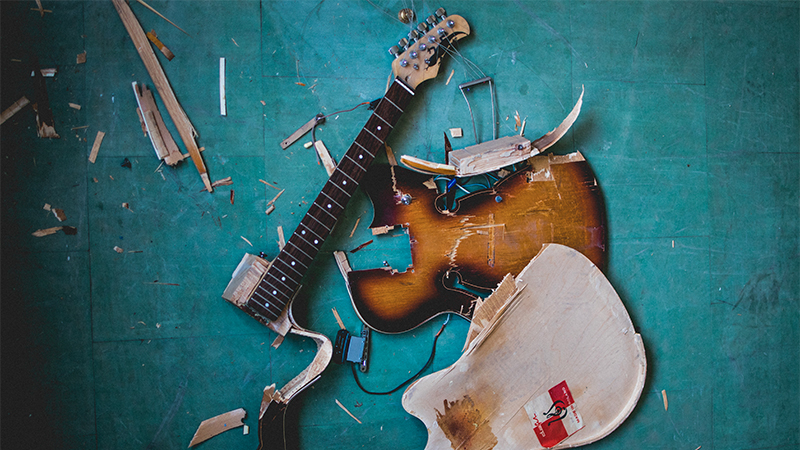
“I have a tracking device in my flight case. If something happens to my tuba, I can’t work.”
Theon Cross, Sons Of Kemet
You can also add handling instruction labels to ensure the package is handled appropriately during transit. Our commonly used labels include: Up Arrows, showing the direction that the package must be transported, handled and stored in; Fragile, Handle with Care so it’s handled carefully and never tipped over or slung; and Keep Dry to keep it protected from excessive humidity and stored under cover.
Always insure your instruments
While you can never insure the sentimental value of your instrument, you can cover its monetary value – just in case. We offer free £25 cover on all UK and Ireland deliveries and £50 for international deliveries as standard, but this can easily be upgraded if your instrument exceeds this value.
Because many musical instruments are fragile, the less time they spend in transit the better. So you might also consider our option of expedited delivery.
Whatever instruments you’re transporting, for whatever reason, if you need further advice, contact us.
And remember, if the Rolling Stones – the Greatest Rock ‘n’ Roll band in the World – trust us with their priceless, historic instruments, perhaps you should too!

